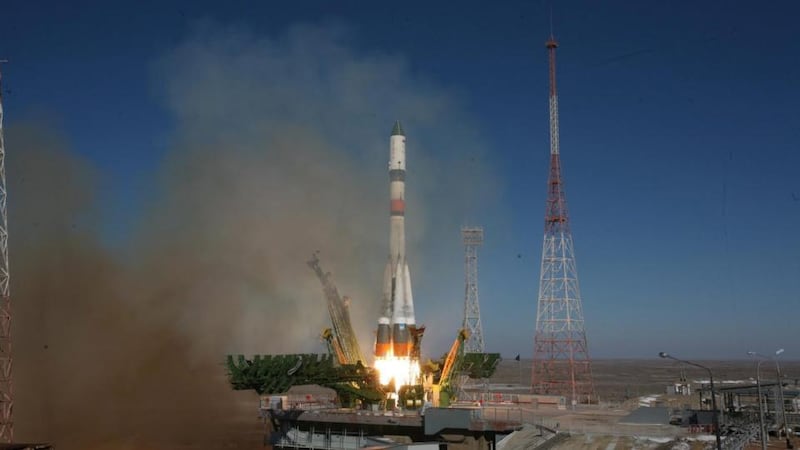A Russian supply ship has arrived at the International Space Station with a load of fresh supplies, hours after a US cargo mission ended in flames.
Orbital Sciences' unmanned Antares rocket had just lifted off from Wallops Island, Virginia, when it exploded. The rocket was carrying a Cygnus capsule loaded with more than two tons of station experiments and equipment for Nasa.
Ground teams are gradually getting access to the damaged launch pad and fire-stricken area after the explosion.

No one was injured and nothing on the lost flight was urgently needed by the six people living on the 418km-high space station, said officials.
The Russian supply ship launched early today from Kazakhstan and arrived at the orbiting lab six hours later with three tons of food, fuel and other items.
The first catastrophic launch in Nasa’s commercial spaceflight programme is likely to draw criticism over the space agency’s growing reliance on private US companies in the post-shuttle era.
Nasa is paying billions of pounds to Orbital Sciences and the SpaceX company to make station deliveries, and is counting on SpaceX and Boeing to start flying US astronauts to the orbiting lab as early as 2017. This was the fourth flight by Orbital Sciences to the orbiting lab.
The firm's executive vice-president Frank Culbertson said things began to go wrong 10 to 12 seconds into the flight and it was all over in 20 seconds when what was left of the rocket came crashing down. He said the range safety staff sent a destruct signal before it hit the ground.
The two Americans, three Russians and one German aboard the space station were watching a live video feed from mission control and saw the whole thing unfold before their eyes.
This was the second launch attempt for the mission. Monday evening’s effort was thwarted by a stray yacht in the rocket’s danger zone. The restrictions are in case of just such an accident.
Mr Culbertson said the top priority will be repairing the launch pad “as quickly and safely as possible”.
He said he could not guess how long it would take to determine the cause of the accident and to make repairs.
Mr Culbertson added that the company carried insurance on the mission, which he valued at more than $200 million (€157 million), not counting repair costs.
The Wallops facility is small compared with Nasa’s major centres in Florida, Texas and California, but vaulted into the public spotlight in September last year with a Nasa moonshot and the first Cygnus launch to the space station.
This newest Cygnus cargo ship was carrying 2,227kg of space station experiments and equipment for Nasa, as well as pre-packaged meals and eagerly awaited crab cakes, freeze-dried for safe eating. It had been due to arrive at the orbiting lab on Sunday. PA








